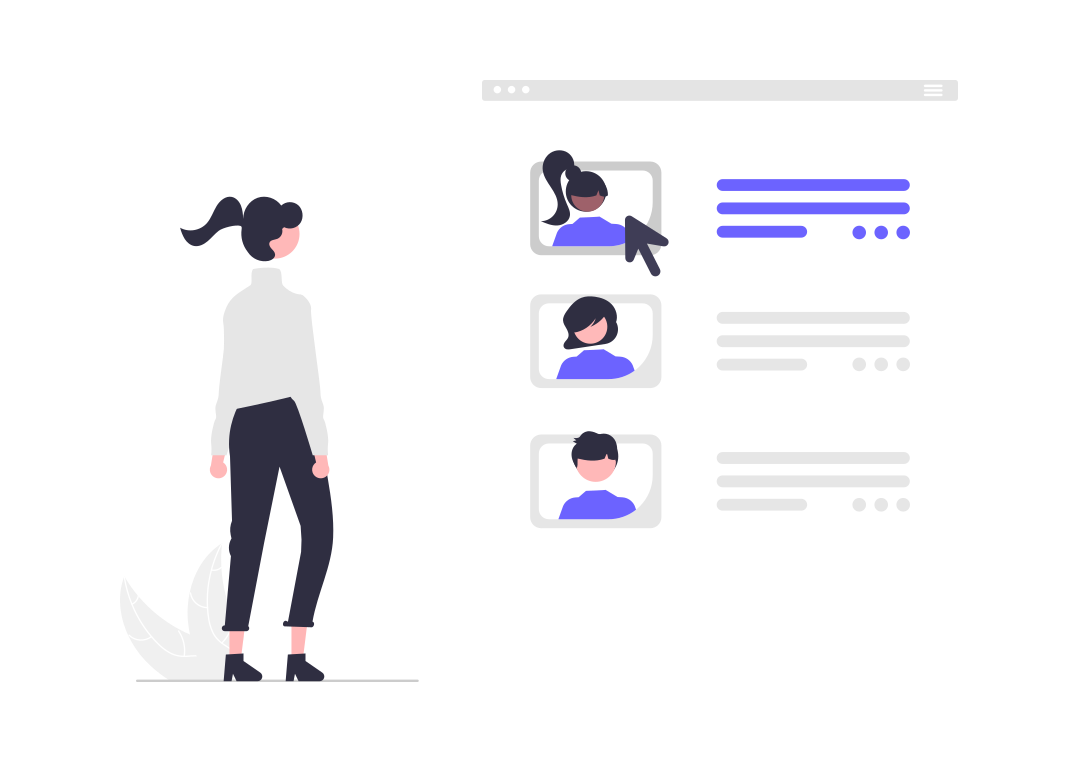In the fast-paced world of digital marketing, understanding your customers’ behavior is crucial for crafting effective marketing strategies. Behavioral segmentation stands out as a powerful tool for achieving this understanding. This technique involves dividing your audience based on their behavior patterns, enabling you to deliver more relevant and personalized experiences. In this post, we will explore the concept of behavioral segmentation, its key elements, and its significance in driving customer engagement.
What is Behavioral Segmentation?
Behavioral segmentation is a marketing strategy that categorizes consumers based on their actions and behaviors rather than demographic or psychographic attributes. This method focuses on how customers interact with your brand, including their purchasing habits, usage frequency, and response to marketing efforts. By analyzing these behaviors, marketers can identify distinct segments and tailor their approaches to meet the specific needs and preferences of each group.
Key Elements of Behavioral Segmentation
-
Purchase Behavior: This involves examining how and when customers make purchases. It includes factors such as frequency of purchase, average transaction value, and preferred buying channels.
-
Usage Rate: Segmentation based on usage rate looks at how often customers use your products or services. Customers can be categorized as heavy, medium, or light users, allowing for targeted marketing strategies.
-
Brand Loyalty: This segment focuses on the level of loyalty customers have towards your brand. Loyal customers may be treated differently compared to those who frequently switch between brands.
-
Customer Journey Stage: Understanding which stage of the customer journey an individual is in—awareness, consideration, purchase, or post-purchase—can help in delivering the right message at the right time.
-
Benefits Sought: This element examines what specific benefits customers are looking for in a product or service, such as quality, price, convenience, or features.
Implementing Behavioral Segmentation
Implementing behavioral segmentation requires a systematic approach. Here are the steps to follow:
-
Data Collection: Gather data on customer behaviors from various sources such as website analytics, transaction records, CRM systems, and social media interactions.
-
Data Analysis: Analyze the collected data to identify patterns and trends. This involves segmenting customers based on similar behaviors and actions.
-
Segment Identification: Define clear and actionable segments based on the analyzed data. Each segment should represent a distinct group with specific behavior patterns.
-
Targeted Campaigns: Develop marketing campaigns tailored to each segment’s unique behaviors. Personalize your messaging, offers, and communication channels to resonate with each group.
-
Performance Monitoring: Continuously monitor the performance of your segmented campaigns. Use key performance indicators (KPIs) to assess effectiveness and make necessary adjustments.
The Impact of Behavioral Segmentation on Customer Engagement
Behavioral segmentation has a profound impact on customer engagement by enabling marketers to:
-
Deliver Personalization: By understanding and addressing individual behaviors, marketers can create personalized experiences that resonate with customers on a deeper level.
-
Optimize Marketing Spend: Focusing on high-value segments allows for more efficient allocation of marketing resources, leading to better ROI.
-
Increase Retention: Targeted engagement strategies help in retaining customers by addressing their specific needs and preferences, thereby reducing churn.
-
Enhance Customer Experience: Providing relevant and timely content enhances the overall customer experience, leading to higher satisfaction and loyalty.
-
Drive Conversions: Personalized and behavior-based marketing efforts are more likely to convert prospects into customers, driving sales and revenue growth.
Conclusion
Behavioral segmentation is an invaluable tool in the modern marketer’s arsenal. By focusing on customer behaviors, businesses can create more relevant and engaging marketing strategies that drive higher levels of customer engagement. As consumer behaviors continue to evolve, leveraging behavioral segmentation will be key to staying ahead of the competition and building lasting customer relationships.


